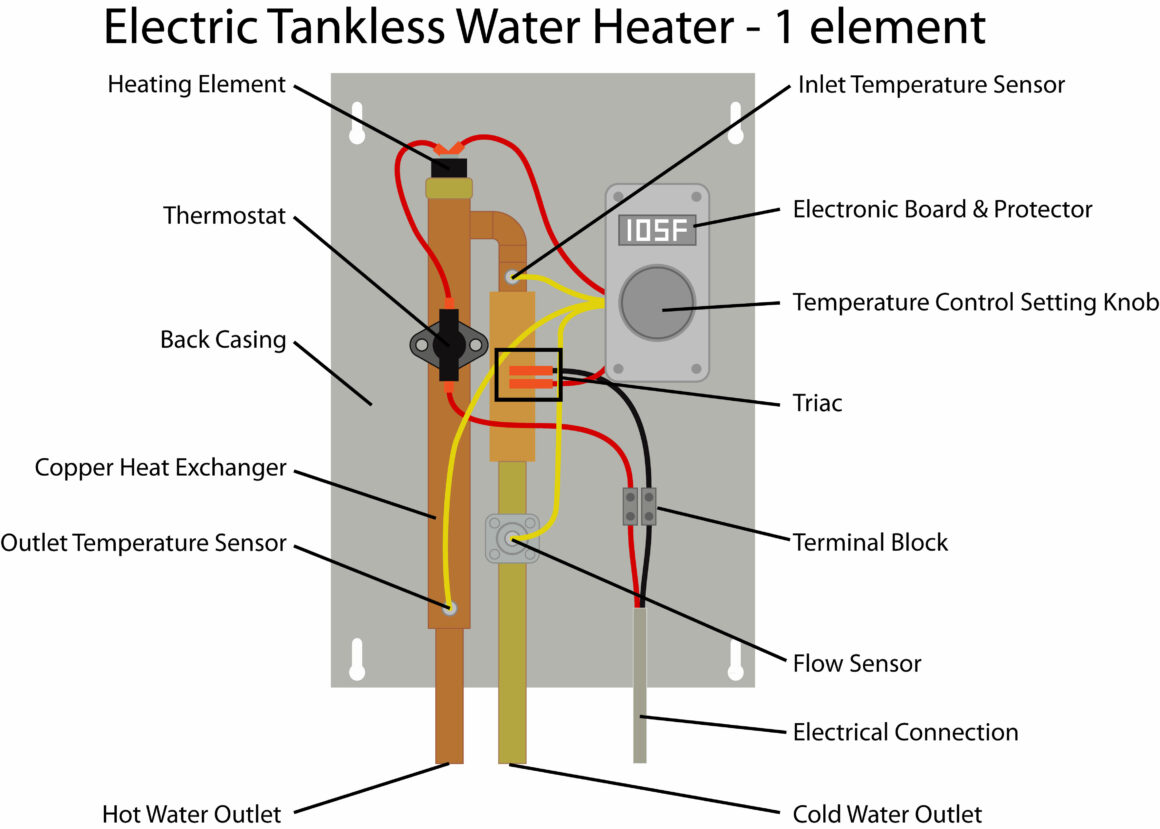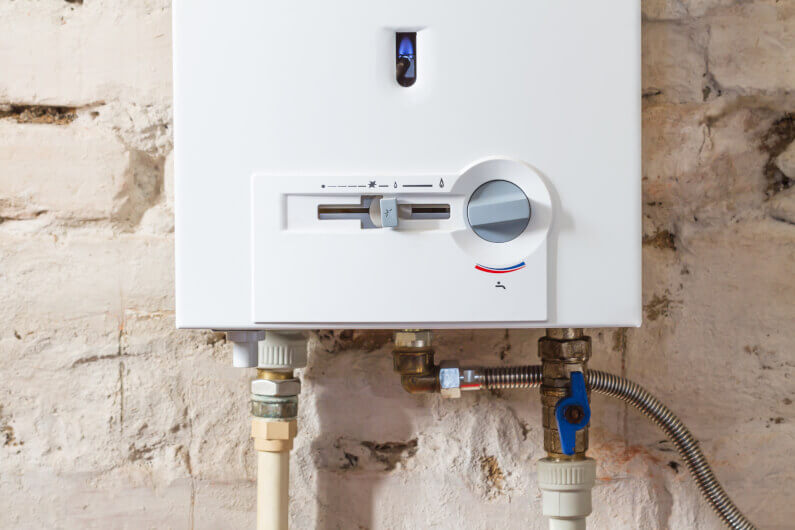Many homes depend on hot water during the colder months for their daily needs. However, the speed with which you can get the hot water when you want it could mean the difference between getting up earlier to shower or squeezing in an extra 10 minutes.
On the other hand, you also need hot water for other household chores. For instance, washing greasy utensils is easier when using hot water. But you don’t want to be waiting for a few minutes every time you want hot water from your faucets. There are several instant hot water options you can look at for such challenges.
Having easy access to hot water in your home offer many benefits. However, traditional water heaters are mostly installed far away from the faucets. Therefore, you must let the taps run for a while before getting hot water. Consequently, this can affect your water bills at the end of the month. It can also affect your electricity bill, so you can choose the best TXU energy rates for you and your home without worrying about your monthly bill. You can look at the options below to help you get instant hot water in your home.
1. Install Tankless Point-Of-Use Water Heater

A tankless point-of-use (POU) water heater is generally installed at the location where you need the hot water. For instance, you can install one in the shower or the sink. Thus, when you want hot water, you don’t have to turn on the faucet and let it run before it gets hot. You only need to turn on the heater and then run the water.
Most POU tankless water heaters are electric, and from the name, they don’t have a tank. Water flows from the pipe when you turn on the faucets. However, it passes through an electric element that heats it. The wait time is a few seconds, and you have your hot water.
The advantage of this water heater is that you can easily install it on your existing plumbing system. Therefore, the cost of installation is minimal. However, you should consult your local electrical company to ensure you get the right size.
Significantly, point-of-use tankless water heaters are measured by the amount of water they can heat per minute. Hence, the need for expert input is advised when you want one.
2. Choose A Point-Of-Use Tank Water Heater

The installation point for a POU tank water heater is the same as the tankless one. However, the only difference is that one has a tank to store hot water at your set temperature. Nevertheless, the tank size is significantly smaller than your traditional water heater tank, in most cases below 20 gallons. Thus, it can be convenient for smaller spaces in your home.
Like the tankless one, you can easily integrate a point-of-use tank water heater into your plumbing system. Apart from having a tank, a POU tank water heater differs from a tankless one regarding its energy source. This is because you can choose to get gas or an electric water heater.
In addition, the wait time is also less. The reason is that with a tank POU water heater, there’s hot water already. But with the tankless POU, you have to give it some seconds for the water to flow through the electric element. However, the difference might be a matter of seconds.
3. Consider Recirculating Hot Water System

In most homes, you’ll get a water heater tank installed in the basement or locations far from the faucets. Thus, when you want hot water, it takes some time before it flows through the open tap. Installing a recirculating hot water system can help solve this problem.
While POU systems have heaters at the faucets, the recirculating hot water system uses the central water heating tank. However, a loop system is installed along with the existing plumbing. This loop piping passes near each water feature, ready to flow whenever a faucet is opened.
Meanwhile, there are two systems you can use for recirculating hot water. You can either have a dedicated loop or an integrated loop system. A recirculating pump is installed near the water heater tank with the dedicated loop.
Further, the pump takes in cooler water from the return pipe and pumps it into the water heater. The water circulates continuously through a dedicated hot water piping. Thus, it means the pump is running all the time.
On the other hand, an integrated loop system has the pump installed at the furthest water feature from the water heater tank. Nevertheless, the pump works with a thermostat. Most of the pumps have a temperature setting of between 85° to 95°F.
Thus, it turns on and off whenever the water temperature reaches the set parameters. Unlike the dedicated loop system, the integrated loop uses the cold-water lines as return lines to the water heater tank. However, the hot water line is installed separately.
Conclusion
Most homes require hot water as a necessity. However, the conventional water heater tanks are mostly installed far from the household water features. Thus, it can become an inconvenience at times. You can install any of the above systems to get instant hot water in your home.




